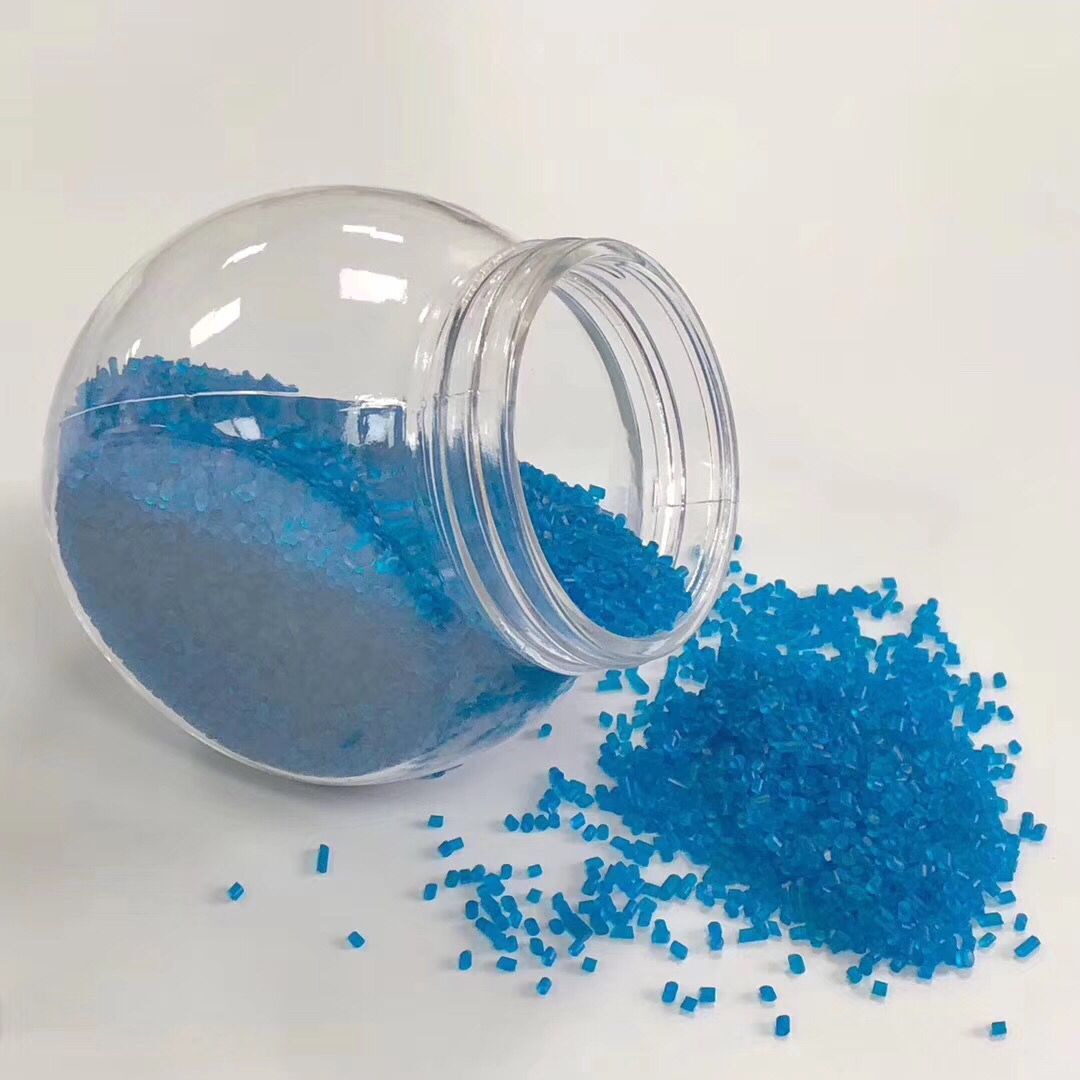Medical accessories TPE encapsulated ABS material
Thermoplastic elastomer, TPE or TPR for short, is the abbreviation of Thermoplastic rubber. It is a kind of elastomer with rubber elasticity at normal temperature and plasticization molding at high temperature. The structural feature of thermoplastic elas
Contact 138 2720 9711
Product details
Thermoplastic elastomer, TPE or TPR for short, is the abbreviation of Thermoplastic rubber. It is a kind of elastomer with rubber elasticity at normal temperature and plasticization molding at high temperature. The structural feature of thermoplastic elastomer is that different resin segments and rubber segments are composed of chemical bonds. The resin segments form physical crosslinking points by virtue of inter-chain acting forces. The rubber segments are highly elastic segments that contribute elasticity. The physical crosslinking of the plastic segment changes reversibly with the change of temperature, which shows the plastic processing characteristics of thermoplastic elastomer. Therefore, thermoplastic elastomer has the physical and mechanical properties of vulcanized rubber and the processing properties of thermoplastic plastics. It is a new type of polymer material between rubber and resin and is often called the third generation rubber.
More and more medical device manufacturers tend to choose thermoplastic elastomer (TPE) materials for products requiring flexibility or rubber elasticity. These compounds have become substitutes for thermosetting rubber and PVC, and are used in many medical devices, such as pipes, medical bags, masks, plugs, gaskets, seals, etc. As the value of TPE is more widely recognized, more and more manufacturers use these elastomers in new medical applications.
Everyone knows SEBS has poor fluidity, so it needs to be filled with oil when making TPE, but TPE made of medical materials such as infusion bag, infusion tube, etc. is usually not filled with oil.
As for the reason of not filling oil, we must all know. The requirements for making medical devices are very strict. Biocompatibility, cytotoxicity, sensitization, carcinogenicity, etc. should be measured, and the causes are often small molecules. Macromolecules are often stable and will not cause much impact. In addition to various inorganic salts, oil in elastomers is an important source of small molecules.
In fact, the infusion bag is not only a thin film, there are three layers less and five layers more. Each layer is different, although it is SEBS PP substrate, but the proportion is different. Some manufacturers will think that I have 3-5 layers of film for infusion bags, as long as the innermost layer is not filled with oil, and the outer layer is not affected by oil filling. However, unfortunately, the oil does not stay on the outer membrane so obediently, it will always permeate, so as long as there is one layer of oil, it will slowly permeate to all layers.
How can fluidity be guaranteed without oil filling? Judging from the prescription of medical TPE, it is well known that most of the general medical TPE is PP, PP has no problem in fluidity, and a small part is SEBS. PP has high fluidity.




